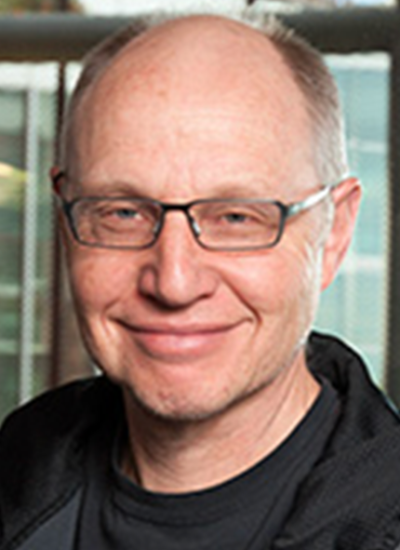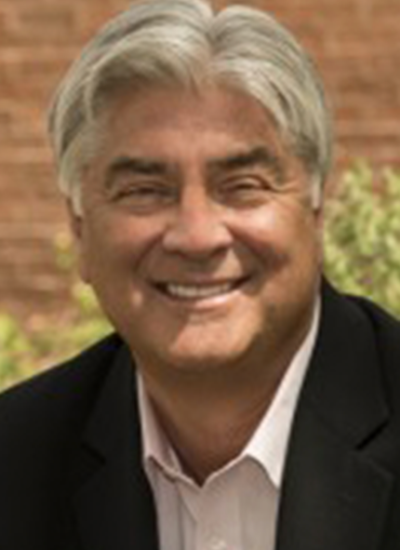Current projects include:The Bone, Estrogen and Strength Training (BEST) study, a randomized prospective study of the effects of hormone replacement therapy on bone mineral density, soft tissue composition, and muscle strength in postmenopausal women (National Institutes of Health). The Profile-based Internet-linked Obesity Treatment study (PILOT), a randomized study of internet support for weight maintenance after weight loss in peri-menopausal women (National Institutes of Health). The Trial of Activity for Adolescent Girls (TAAG) study, a multi-center, school-based activity trial designed to prevent the usual decline in physical activity in adolescent girls (National Institutes of Health). The Adequate Calcium Today (ACT) study, a randomized multi-center study of a behavioral intervention to promote healthy eating, calcium intake and bone development in adolescent girls (United States Department of Agriculture). The Healthy Weight in Adolescents study, a randomized, multi-center study of the effects of a science-based curriculum focused on concepts of energy balance on body weight and composition in adolescent boys and girls (United States Department of Agriculture). The KNEE study, a randomized clinical trial of the effects of resistance exercise on disease progression, pain, and functional capacity in osteoarthritis patients (National Institutes of Health). The STRONG study, a randomized clinical trial of the effects of resistance exercise and Remicaid on disease progression, pain, muscle strength and functional capacity in rheumatoid arthritis patients (Centocor, Inc.). Partners for Healthy Active Children, Campañeros Para Niños Sano y Actives, designed to create and implement research-based physical education and nutrition curricula at YMCA after-school programs and Sunnyside District elementary schools, in alignment with the State o Arizona , Health and Physical Activity standards (Carol M. White Physical Education Program CFDA #84.215F). Longitudinal Changes in Hip Geometry, an observational and experimental cohort study of changes in muscle mass, hip structural parameters and hip bone strength in middle-aged and older women in the Women's Healthy Initiative study (National Institutes of Health).











